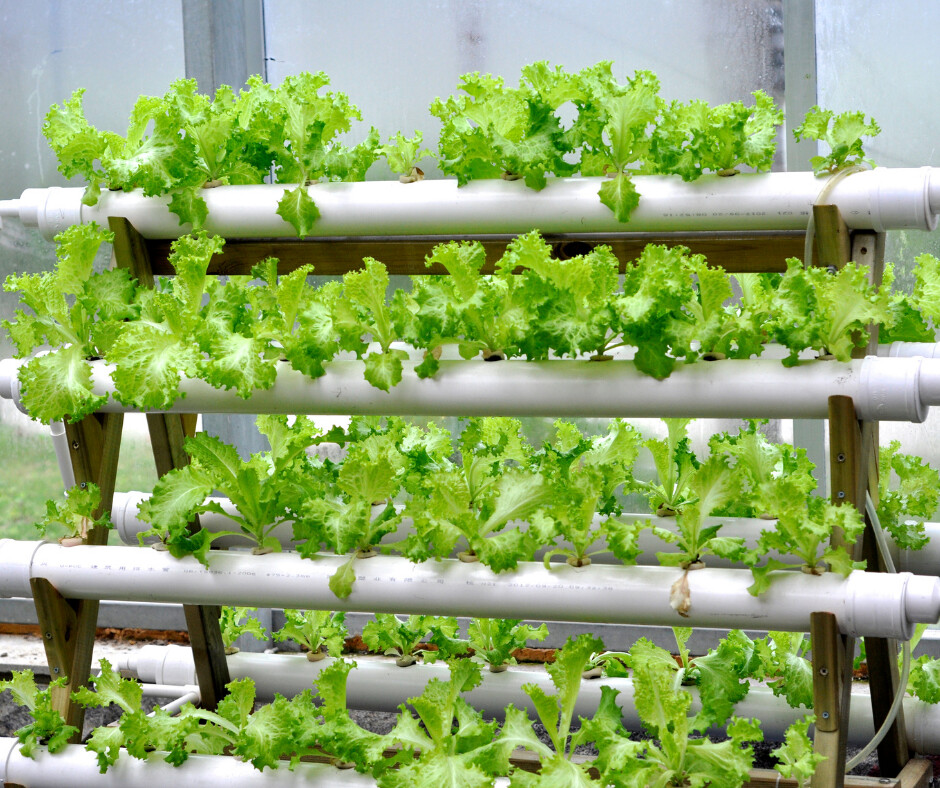
Hydroponics is a method of growing plants in water instead of soil. Although it may seem like a newer concept, Egyptian hieroglyphics show that plants were grown hydroponically a few hundred years BC. There are other cultures that have grown plants in water long long ago. With less farming land available and a population that is increasing, there are some benefits to being able to grow plants hydroponically. With climate change and limited water resources, it is expected to be a growing industry. Here are some things to know about hydroponics.
Soil vs Plastic
Modern farming has evolved to be hard on the planet because of it's use of machinery, pesticides, and mono-crops. These intensive agricultural methods have stripped increasing amounts of nutrients from the soil in which the food we eat grows. Growing foods hydroponically solves some of the these problems because nutrients can be added to the water and plants are grown in a controlled environments. But it will take a lot of infrastructure and plastic to grow the equivalent amount of plants hydroponically.
Benefits
Plants can be grown hydroponically continuously in any location where there is space, water, and light. In fact, astronauts ate leafy greens in 2015 that were grown on the International Space Station. Hydroponics also offers a higher yield of plants per square foot because plants can be grown in multiple layers and because of the controlled conditions. Another benefit of the controlled conditions is that there is little to no need for pesticides.
Energy Use
If a hydroponic system uses grow lights, it can use much more energy than plants grown outside under natural conditions. The use of timers and pumps also add to the amount of energy they use. The high yield helps to offset these energy costs though.
Is it Organic?
The USDA has ruled that hydroponically grown food can be certified organic, as long as it is free from GMOs, chemical pesticides, chemical fertilizers, and sewage sludge. Traditional organic farmers don't agree. They feel the soil building practices, such as cover crops and crop rotation, are part of the definition of organic. In addition, retailers aren't required to label the foods that have been grown hydroponically, although some do. The plants most likely to be grown hydroponically are leaf lettuce, tomatoes, peppers, cucumbers, strawberries, watercress, celery, and some herbs.
Hydroponic Systems
There are 7 basic types of hydroponic systems, in addition to sprouting. The scale of operation and the size and type of plant determines which system is best. There are just 16 nutrients that plants require in order to grow. Carbon, hydrogen, and oxygen, are available through air and water exchange. The rest, along with growth hormones designed to mimic traditional soil-based systems, can be dissolved in water that circulates around the plant’s roots. You can start with one plant using a desktop solution or go bigger. Here are some great DIY options. And of course, there are many done for you options on-line and in specialty stores.
Did this help you? If so, I'd greatly appreciate it if you commented and/or share it on social media.

Email: sharonledwards@hotmail.com
Facebook: https://www.facebook.com/sharonledwardsbiz/


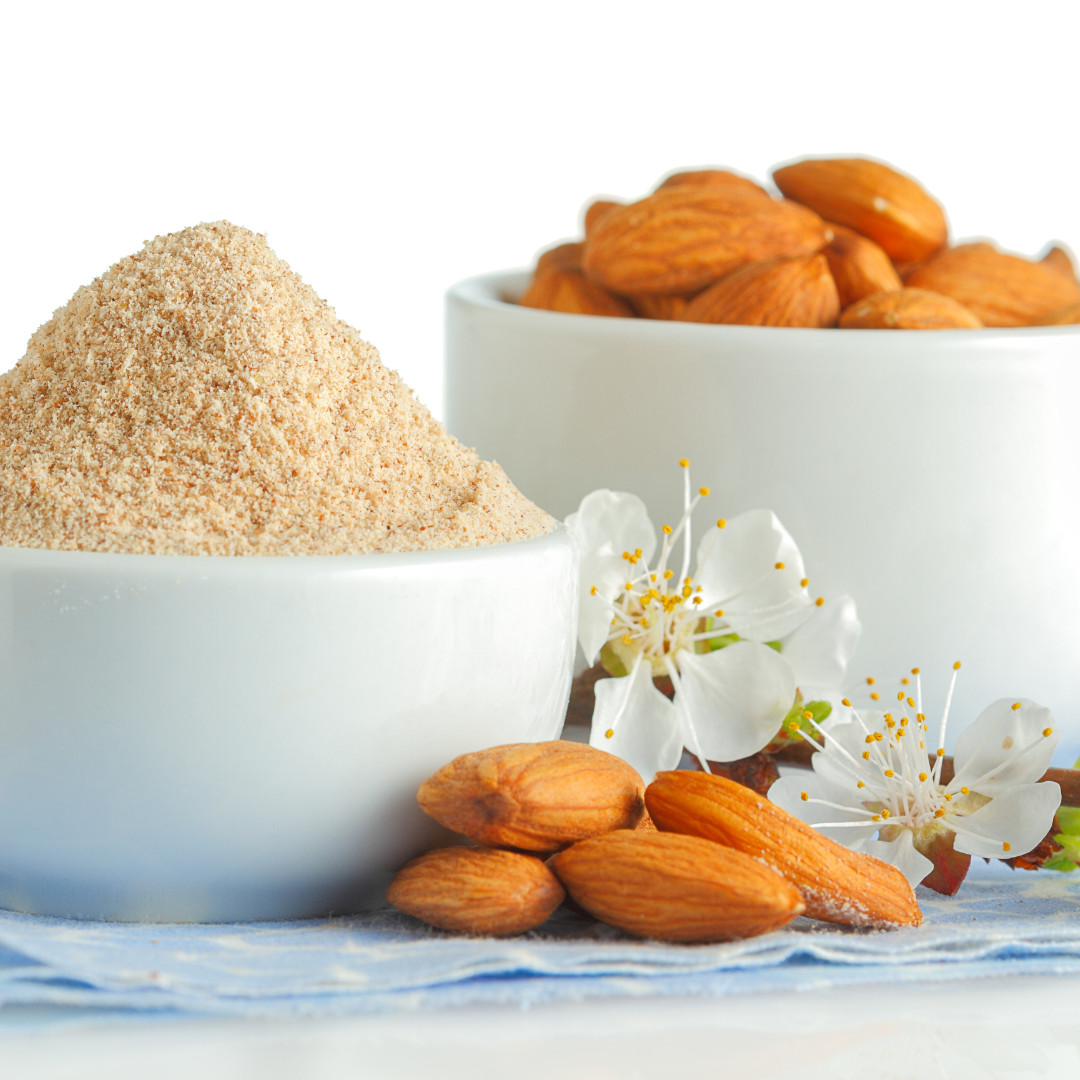





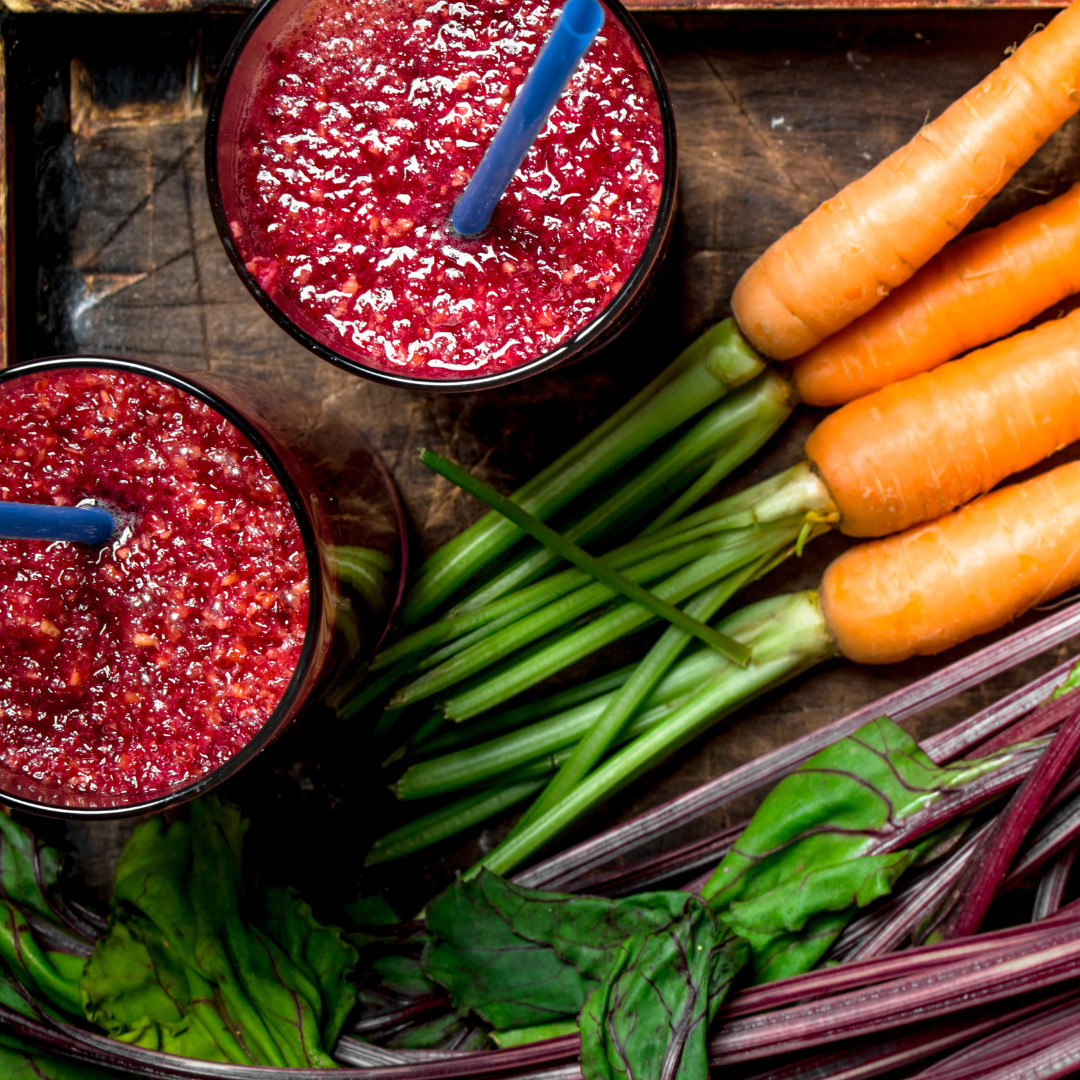
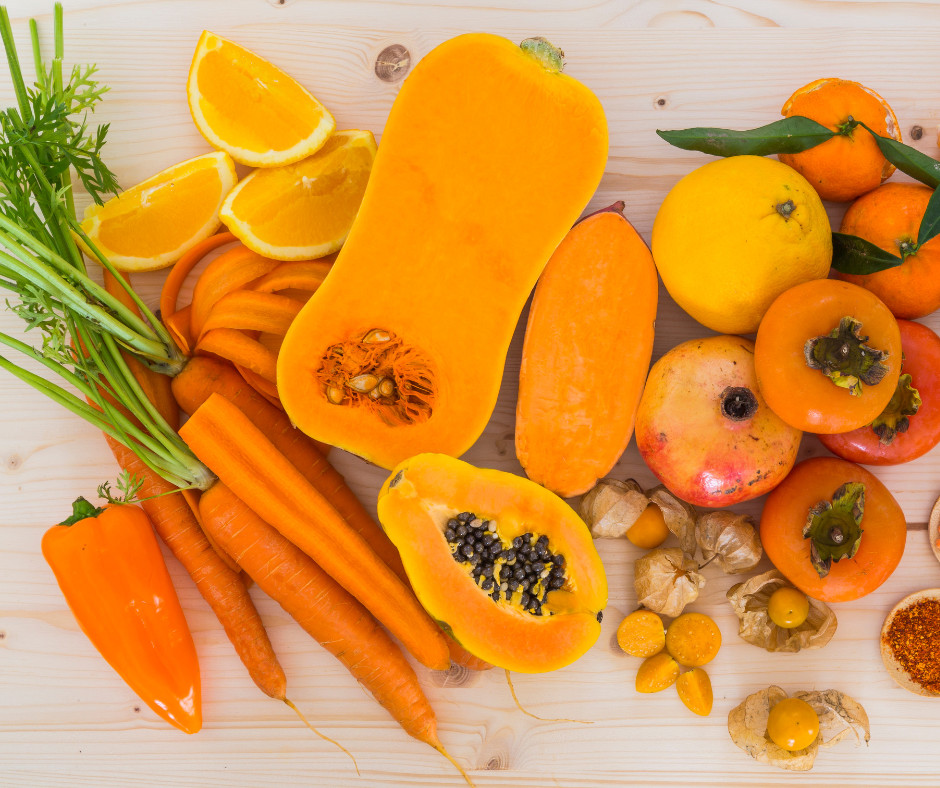
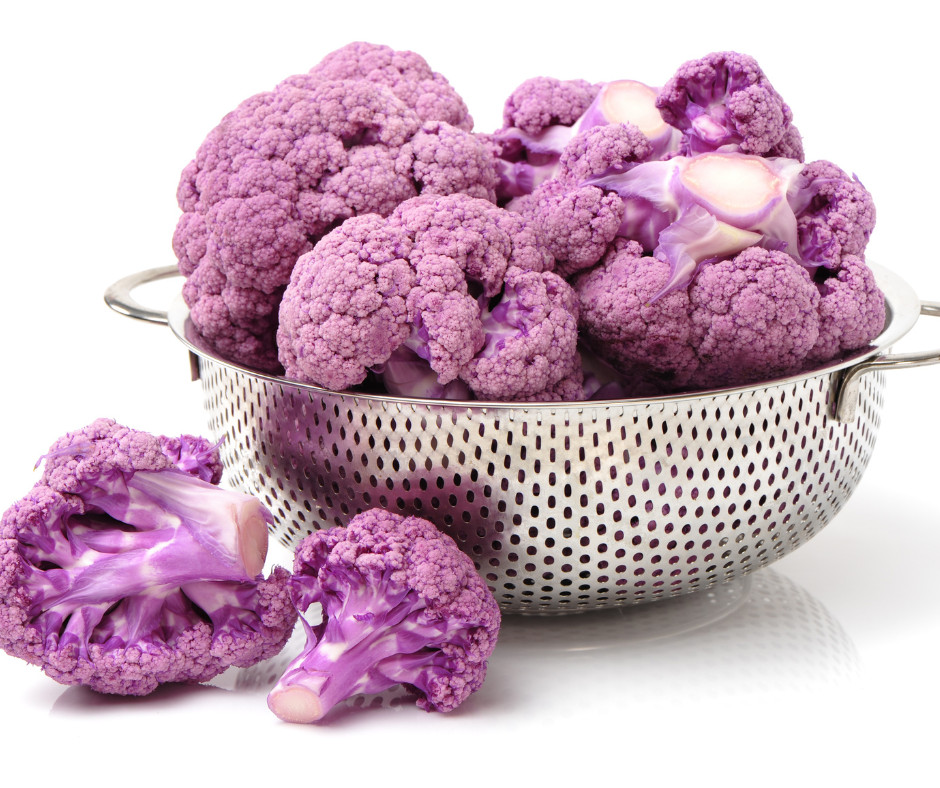
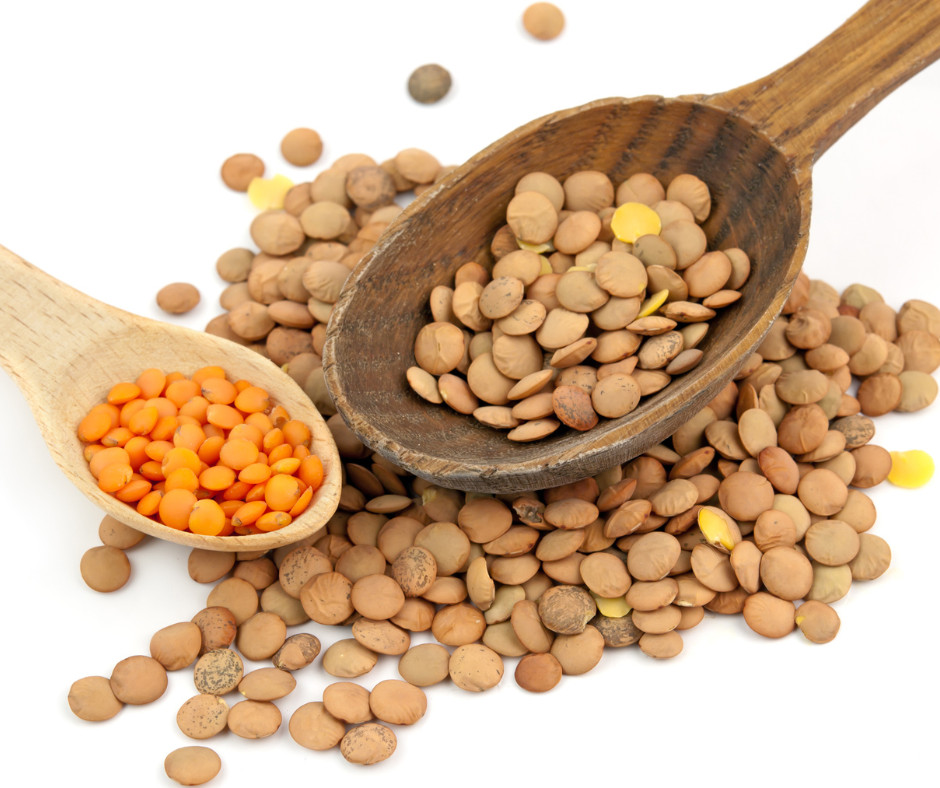
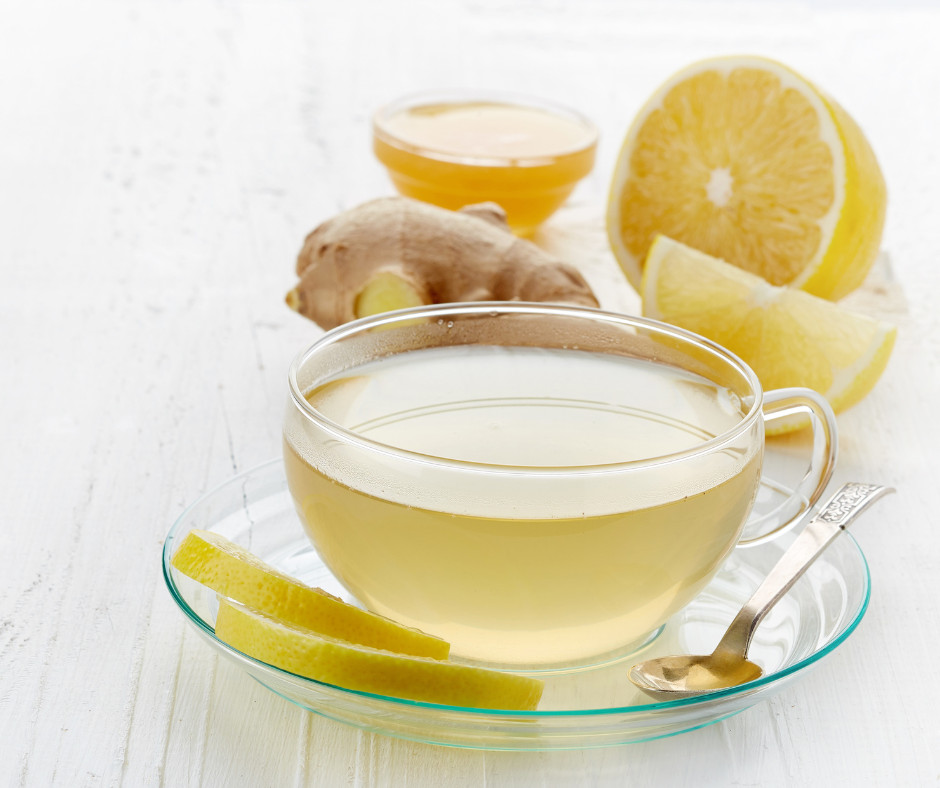





0 Comments